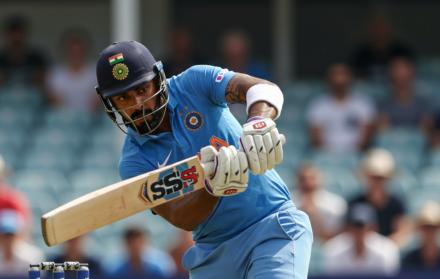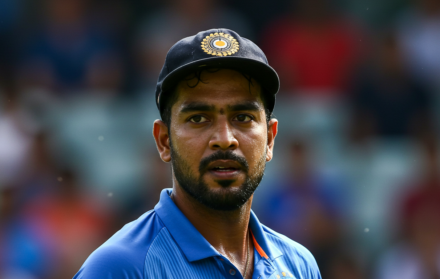
Rohit Sharma’s Journey to White-Ball Supremacy
Rohit Sharma didn’t explode onto the scene — he simmered. Cricket fans first noticed him during the 2007 T20 World Cup, where a stylish 50* against South Africa hinted at rare timing and natural flair. But for years after, he remained on the fringe — admired, but never quite trusted.
He batted in the middle order. He flitted in and out of squads. He played elegant 30s and frustrating 40s. The shot-making was pure. The temperament? A work in progress. While others around him solidified places, Rohit stayed in cricketing limbo: too talented to ignore, too inconsistent to lock in.
And then came 2013. A quiet change with seismic consequences. MS Dhoni, always one for instinct, pushed Rohit to the top of the ODI order. It wasn’t a headline-grabbing move at the time — just a tactical shuffle ahead of the Champions Trophy. But that decision redefined Rohit’s career.
Opening gave him space, time, rhythm. The strokes were the same, but now they had structure. The lazy elegance found purpose. And the fifty-makers became a century machine.
The Reinvention: How Opening Unleashed a Giant
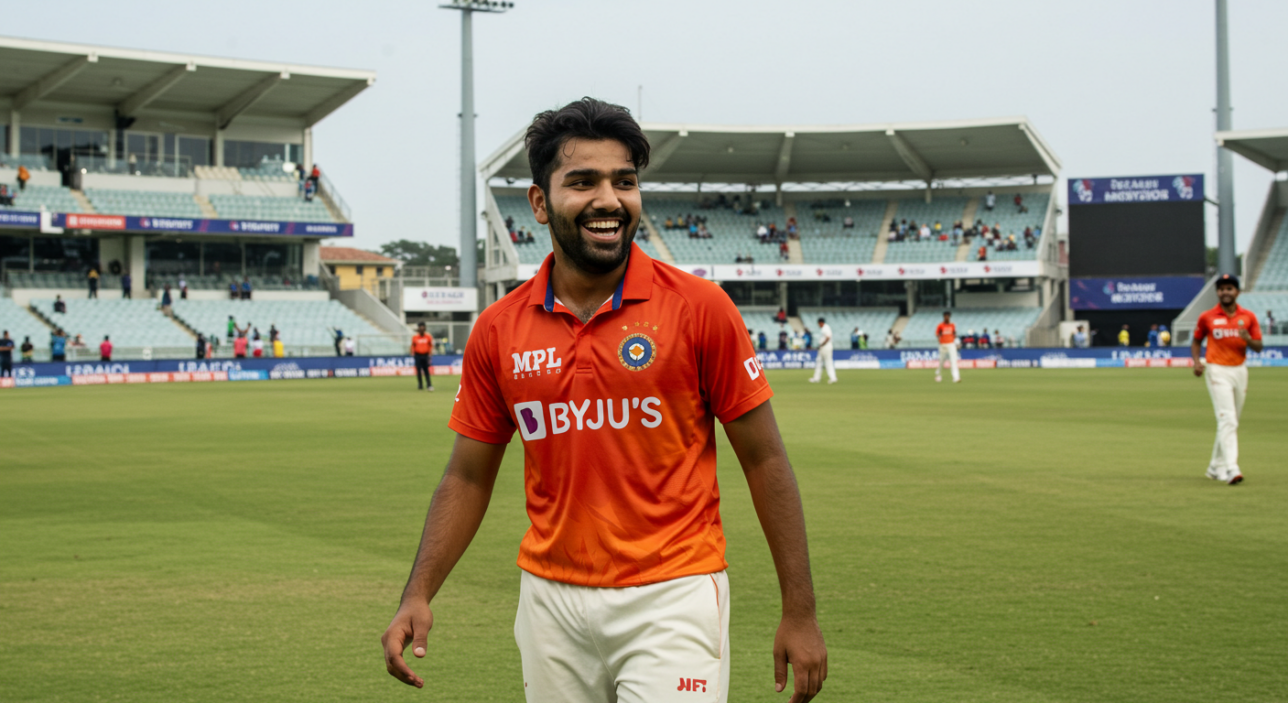
From the moment he started opening, Rohit Sharma turned into something India hadn’t quite seen before. He wasn’t a Sehwag-esque blaster or a Tendulkar-style accumulator. He was something in between — controlled dominance.
His first ODI double century came in 2013. His second in 2014. Then a third in 2017 — a ludicrous 208*. These weren’t one-offs. They were symptoms of a player who had finally found his tempo.
Where others surged at the start and faded, Rohit built. Slowly. Methodically. His innings often followed a now-familiar pattern: start slow, anchor in the middle, and explode in the final 15. Bowlers knew it. Fielders prepared for it. No one could stop it.
In T20s, he didn’t need volume — he needed moments. Those perfectly timed lofts over extra cover. The short-arm jabs for six. The calm refusal to chase every ball. Rohit was white-ball serenity, even when chasing down chaos.
Critics once said he didn’t convert starts. Now he had more centuries than most teams combined. And all of it stemmed from that one shift — from the middle of the order to the front.
He didn’t change his game. He just finally got a chance to play it his way.
A World Cup Stage Built for Him
By the time the 2019 Cricket World Cup rolled around, Rohit Sharma wasn’t just another opener — he was India’s most bankable white-ball batter. But no one expected what came next: five centuries in a single tournament, a feat that still hasn’t been matched.
It wasn’t brute force. It was poise. Where others panicked in the English swing, Rohit adjusted — letting the ball come to him, playing late, and backing his eye over any preconceived technique. The ton against South Africa was gritty. The one against Pakistan, sublime. The 104 against Bangladesh, clinical. Each century felt different — not just stylistically, but in what it told us about his range.
But that semi-final against New Zealand still stings. A soft dismissal early, India’s top order collapsed, and the dream run ended not with a roar, but a whimper. Rohit had done everything right — except in the game that mattered most.
Still, those five hundreds were more than numbers. They were proof that Rohit Sharma had moved beyond flashes of brilliance. He was now an era-defining white-ball player, capable of shaping entire tournaments, not just innings.
The Captaincy Shift: Timing, Trust, and Turbulence

Rohit Sharma’s elevation to full-time white-ball captaincy didn’t come as a surprise. He had led Mumbai Indians to five IPL titles. He was tactically sharp, respected, and calm under pressure. And after Virat Kohli stepped down, there was no one else more suited to the job — at least on paper.
But the transition wasn’t smooth. Injuries interrupted momentum. Series wins were followed by questions around strategy. In ICC tournaments, the team looked strong on paper, but flat in crunch games. As captain, Rohit inherited not just a squad — but the weight of a billion expectations.
Yet through it all, he remained measured. He didn’t give rousing speeches. He didn’t posture. He just managed games — moving fielders quietly, guiding bowlers subtly, and batting like the scoreboard didn’t matter. His approach wasn’t flamboyant, but functional. He played the long game — in his innings, and in leadership.
Captaincy didn’t boost his form, nor did it break it. Instead, it revealed something new: a player no longer just trusted to score, but to steer. Not perfect. But present, persistent, and always, unmistakably Rohit.
The T20 Conundrum: Brutal Elegance in a Format That Never Waits
Rohit Sharma has always looked like a natural T20 player — clean hitter, quick hands, calm temperament. But for much of his career, he was never the face of T20 cricket in the way others were. Virat had the aggression. Dhoni had the aura. Rohit? He had control — and sometimes that’s harder to sell.
Yet he remains one of only a handful of players to score multiple T20I centuries, including that outrageous 35-ball ton against Sri Lanka in 2017 — still among the fastest ever. It wasn’t reckless. It was read, calculated, dismantled. And that’s been his T20 story ever since: not slogging, but solving.
Even when the format evolved — more innovation, less patience — Rohit never chased trends. He didn’t reverse scoop or ramp for the sake of it. He picked his match-ups, waited for his zone, and punished on his own terms.
In a game that demands speed, he brought stillness. In a role often defined by risk, he mastered rhythm. And while younger players may now light up powerplays, Rohit still owns the middle-over moment — that phase when others slow, and he simply breathes through it.
IPL Legacy: The Most Understated Titan
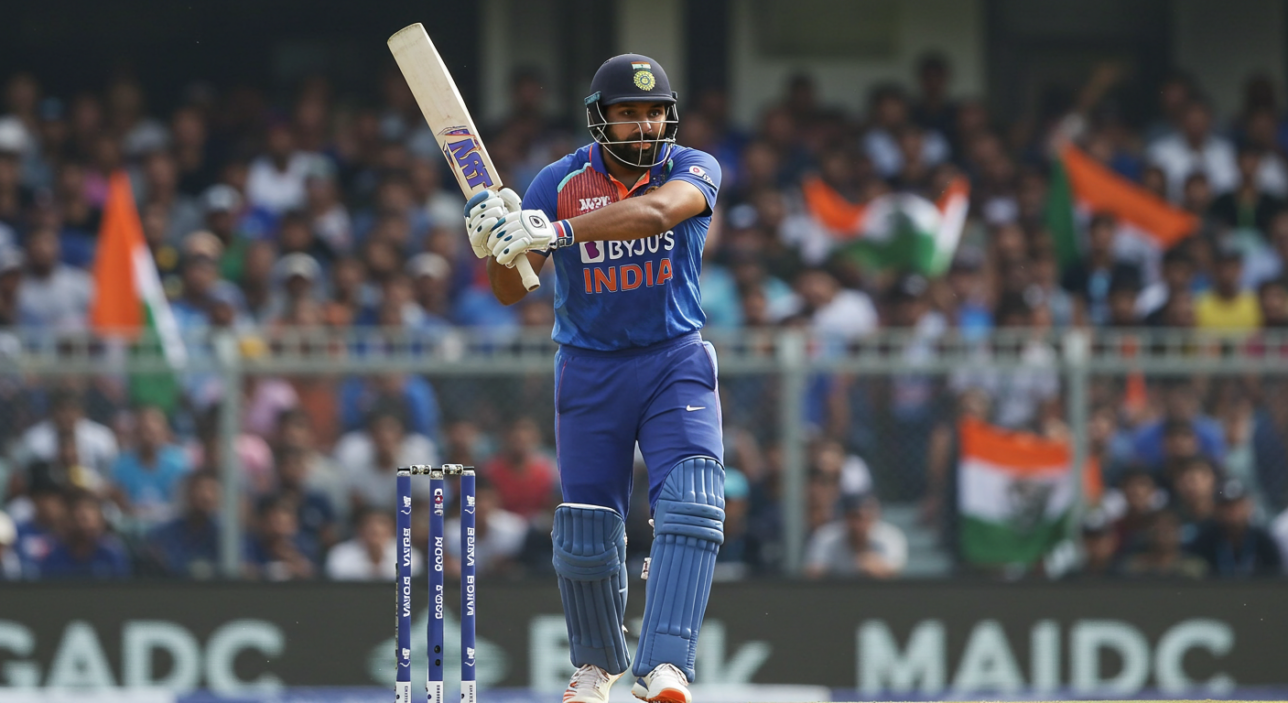
Rohit Sharma doesn’t celebrate like a five-time IPL-winning captain. He doesn’t wave his arms, scream at the dugout, or dominate the frame after a big win. But his record? It towers.
No other captain has lifted the IPL trophy five times. Not Dhoni, not Kohli, not Gambhir. And he did it without ever looking like he needed the spotlight. His Mumbai Indians team, especially during their peak years (2015–2020), was the most balanced, well-drilled, and composed unit in the league — and Rohit was the axis.
He wasn’t just a tactician. He was a feel-based leader. He backed unknowns like Bumrah, gave chances to uncapped Indians, and knew when to hold back and when to push. While others sought match-ups, he relied on rhythm. The success wasn’t scripted — it was sensed.
As a batter, he played fewer standout knocks in the IPL than he did in ODIs. But his presence at the top — sturdy, unfazed — gave MI their spine. You don’t need to be the top scorer when you’re the one holding the whole operation together.
Rohit’s IPL legacy isn’t just silverware. It’s sustainability. And in a tournament designed for churn, that’s the rarest win of all.
World Cup 2023: The Final Push, The Familiar Weight
By 2023, Rohit Sharma wasn’t playing for validation. He had the records. He had the trophies. What he didn’t have — yet — was a World Cup won under his captaincy. And with the tournament on home soil, it felt like destiny setting the stage.
India were dominant. Undefeated through the group stages. Ruthless in pressure moments. Rohit, opening as if chasing ghosts, played a different kind of white-ball cricket — urgent, aggressive, selfless. He didn’t bat for milestones. He batted to break games early. His strike rate was eye-watering, his intent unmistakable.
But in the final, as so often in Indian sport, momentum turned cruel. The top order stumbled. The middle couldn’t reset. The dream died quietly in Ahmedabad.
Rohit had led from the front, held the group together, made the right calls — and still walked away without the trophy. Yet even in that loss, there was clarity. He wasn’t just a great batter anymore. He was the leader who carried hope without crumbling under it.
Supremacy Isn’t Just Numbers — It’s Staying Power
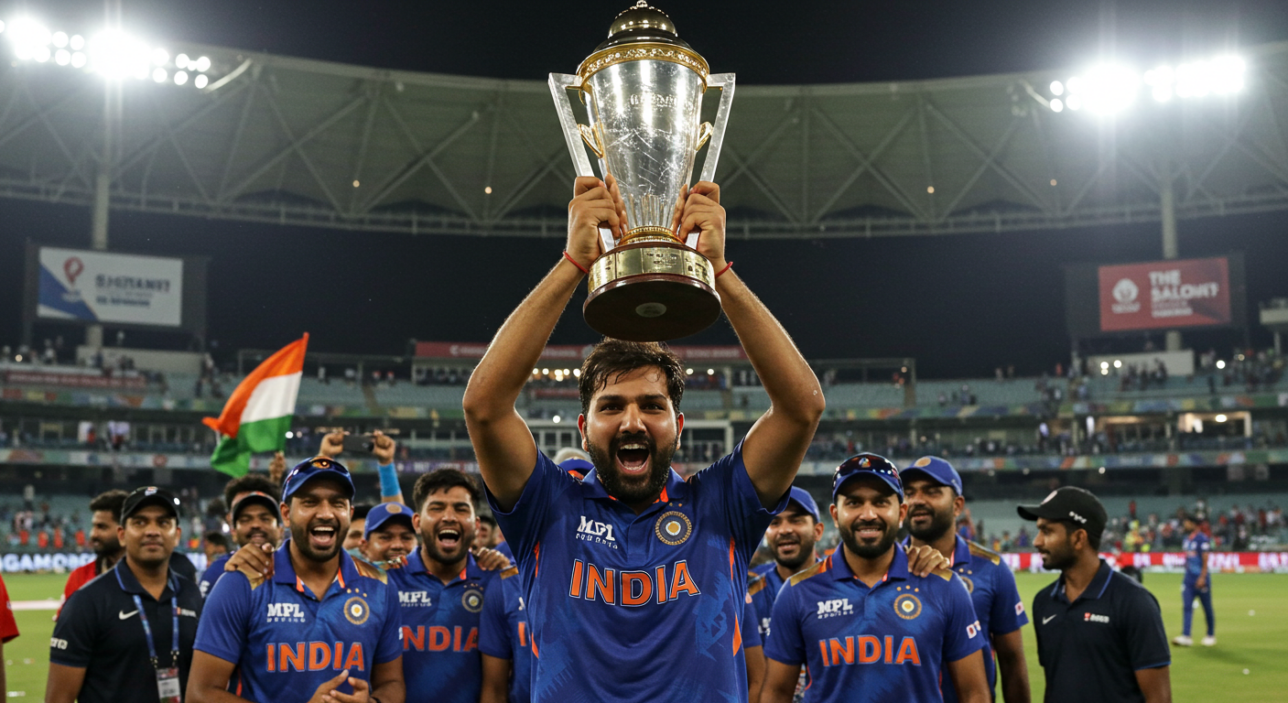
White-ball cricket has seen destroyers, dynamos, one-season wonders. But Rohit Sharma? He endured. For over a decade, he shaped innings, defined tournaments, captained dynasties, and reshaped what it means to peak late and last longer.
He wasn’t perfect. He didn’t always dominate. But in the moments that mattered — a 209 in Bengaluru, a 264 in Kolkata, a 140 at Old Trafford, a 131 in Dharamsala — he was there. Anchoring chaos. Silencing noise.
He’s not called “Hitman” because of brute force. He’s called that because when it mattered, he didn’t miss.
Conclusion: Why Rohit Sharma’s Supremacy Will Outlive His Career
Rohit Sharma didn’t chase greatness. He grew into it. Slowly, steadily, without noise. He wasn’t the prodigy everyone expected to explode. He was the craftsman who chiselled his way to the top, one innings at a time.
In white-ball cricket — a format that rewards speed, flash, and impact — Rohit found space for something different: patience, timing, and trust. Trust in his process. Trust in his decisions. Trust in the long game.
His legacy won’t just be in the runs or the titles. It’ll be in the blueprint he leaves behind — for players who bloom late, for captains who lead without shouting, for batters who win not by overwhelming but by understanding.
Rohit Sharma’s journey wasn’t linear. It was layered. But when history looks back on this era, it won’t skip his name. It’ll underline it. Because white-ball supremacy doesn’t belong to the loudest. It belongs to the one who stayed, scored, lifted, and walked back quietly — job done, no fuss.

